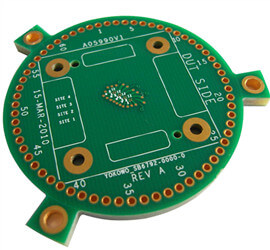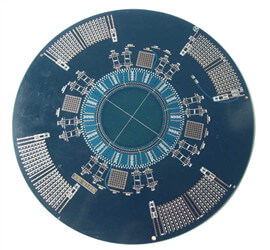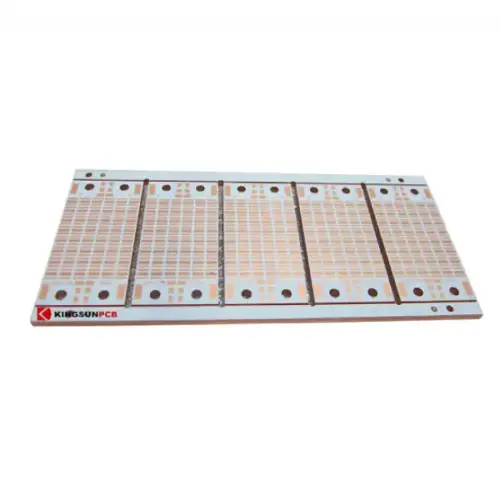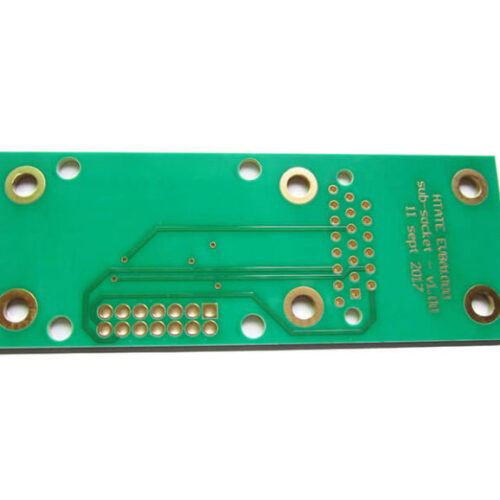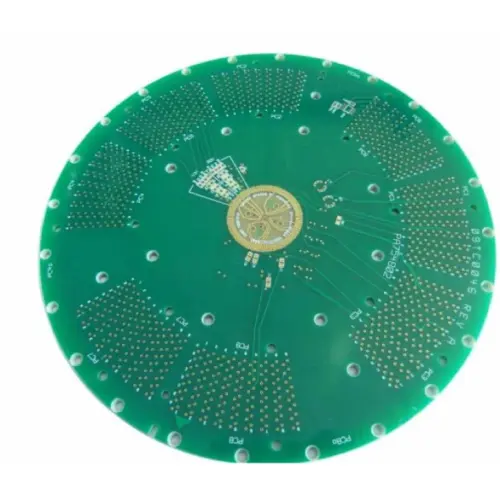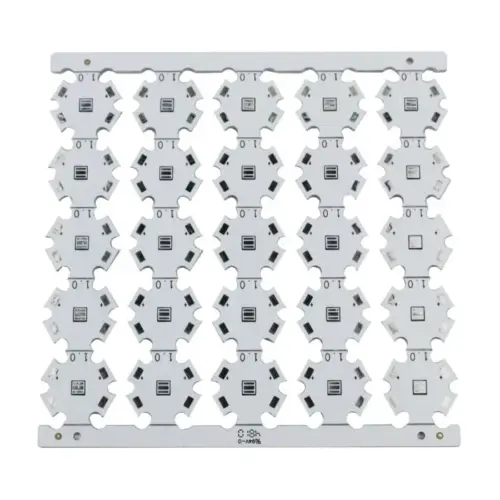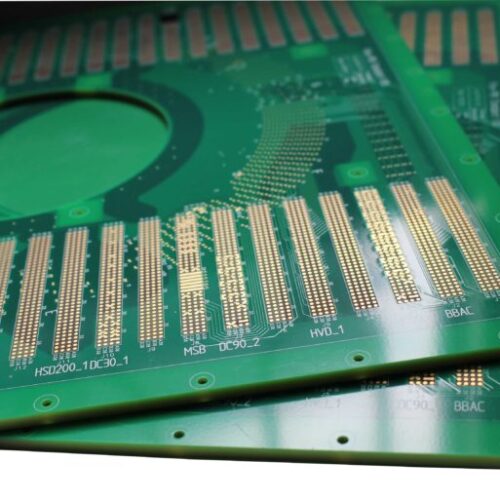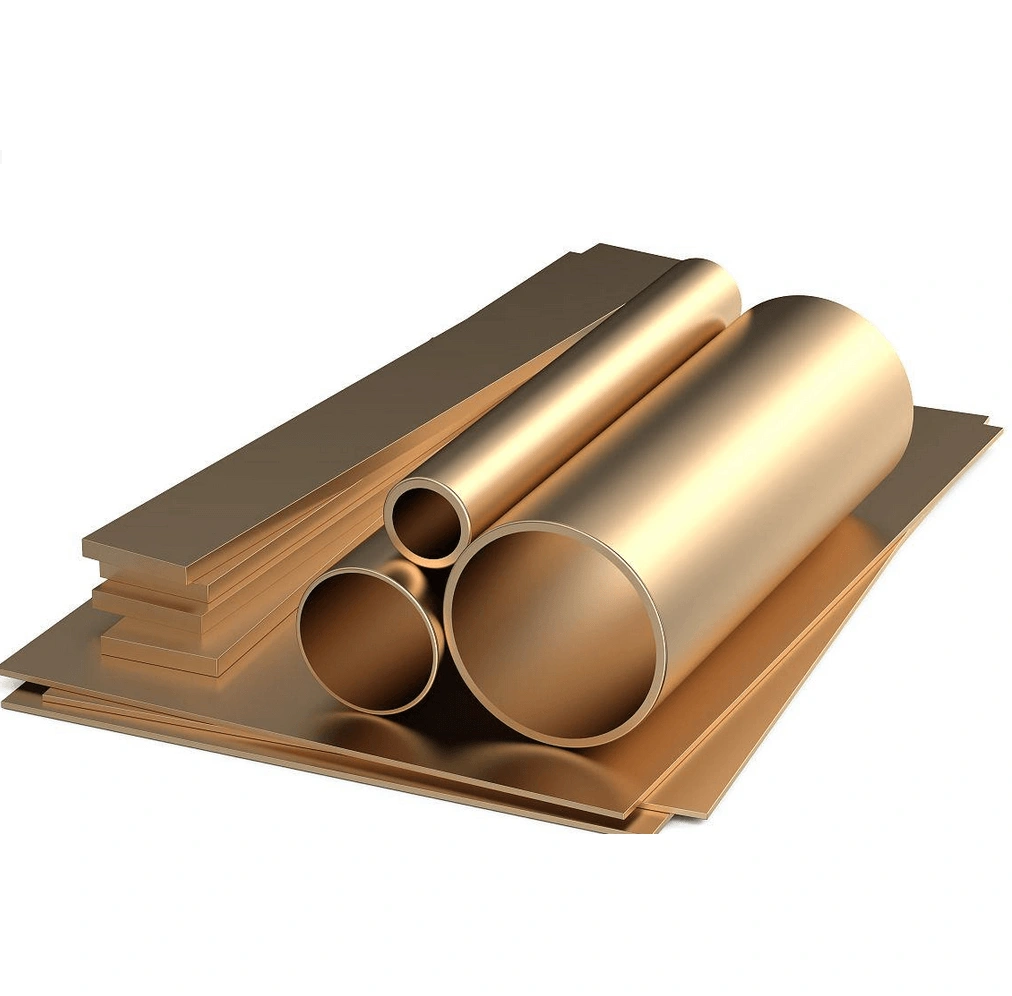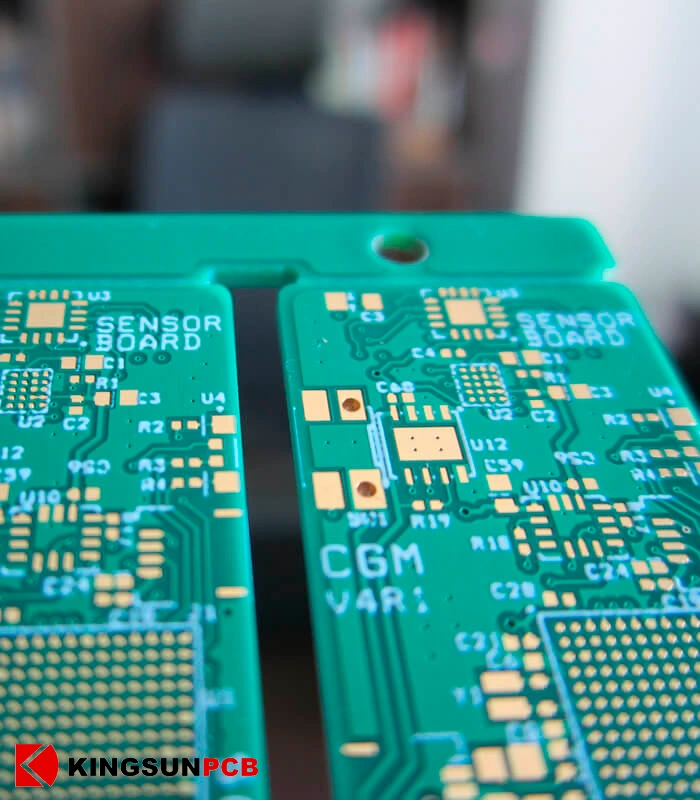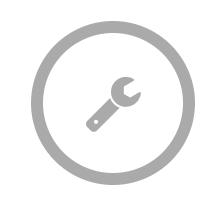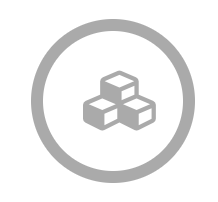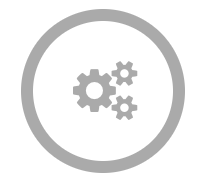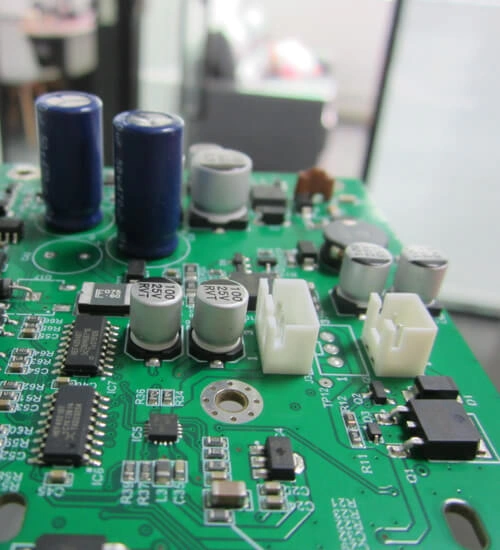Cizalla de materiales
Rigid flex board and flexible PCB board with single-sided, and it is not allowed to cut single-sided sheet directly. They need to be etched into single-sided sheet from 2 layer flex PCB to ensure the bonding force between layers and avoid delamination.
Circuito de capa interior
Check FlexPCB is flat without discounts, wrinkles, and no glue stains on the board surface, etc.
All flex board PCB must be attached to the pallet for development and etching, and one pallet is attached to one flex PCB to prevent the flex PCB from being folded and wrinkled due to etching transmission problems.
All boards must pass through AOI, and flex printed circuit does not allow supplementary lines.
Laminación rígida y flexible de PCB
Rigid flex PCB board lamination must use a special program, the lamination program can not be mixed with other boards
Cuando el PCB flexible esté dorado, se debe fijar con un palet. Después de dorarse, se desechará la placa de circuito flexible con arrugas. Antes de remachar, la placa PCB flexible debe estar bien dorada.
After riveting FR-4, flex PCB and No-Flow PP, first check whether there is less or more PP, and then use X-Ray to check whether there is layer deviation.
Perforación NC
La perforación de PCB Rigid Flex es un proceso de fabricación de PCB y también es un paso muy importante.
El proceso de inspección se centra en comprobar si hay rebabas de pegamento residual en la placa de circuito flexible en la posición T de la junta de PCB rígida y flexible. Si hay alguna anomalía, notifique al proceso a tiempo para el procesamiento de seguimiento.
Agujero pasante
The program for desmearing the rigid flex board is a special program, please pay attention to the switching of the desmearing program before copper plating.
After removing the slag, the rigid flexible printed circuit board is copper-precipitated according to the 2 layer PCB procedure after the PI is adjusted. The PI potion is prepared according to the volume concentration of 40%. The working temperature of the potion is 40°C, and the adjustment time is 4~8MIN.
Tecnología de apertura de placa PCB rígida y flexible
The rigid flex board is not an ordinary circuit board, but is composed of a rigid circuit board and a flex circuit board. The flexible area of the rigid flex PCB board is formed by removing the rigid layer in the area, leaving only the flexible layer, and removing the rigid layer. The whole process called opening technology.
There are three ways to opening the rigid flexible board: laser opening, gong machine-controlled deep opening and V-CUT opening.
Prueba de cortocircuito abierto de circuito PCB rígido y flexible
The electrical performance of the rigid flex PCB is usually achieved through the PCB open-short circuit test. There are two test methods of PCB open-short circuit test. One is fixture test, and the other is flying probe test.
Fixture testing is based on the test points on the circuit board to make a fixture with a bed of needles and many thin needles on it. Each needle corresponds to a test point and is pressed to make contact. Then conduct a continuity test or a functional test.
Flying probe test is a rapid movement of several probes at these test points, contact with these test points, and then the instrument measures the results.
Inspection of Rigid Flex PCB Board
Dimension measurement: measure whether the actual dimension of the PCB matches the customer’s original rigid flex circuit design file.
Holes: Check for missing holes, multiple holes, blocked holes, and hole size if matches rigid flex PCB design file.
Circuito: Sin cortocircuito, circuito abierto, cobre expuesto en el conductor, lámina de cobre flotante, cable de reparación, etc.
Silkscreen Printing: The silk screen printing of characters and symbols on the surface of the rigid flex PCB must be clear, and obvious, and the color meets the requirements, without repeated printing, missing printing, multiple printing, position deviation, and misprinting.
Rigid flex PCB warp and twist inspection: According to the IPC-6012 standard, the warp and twist of the rigid flex circuits should be within 0.75%.
Solderability Test: Take part of the rigid flex PCB for actual soldering to check whether the parts can be easily soldered.
Packaging: colorless air bag vacuum packaging, with desiccant inside, tightly packed.

